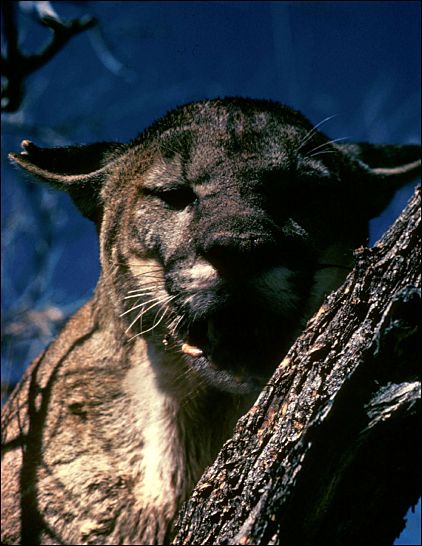

Some themes occur at many different levels in nature, often extending into human affairs. We've all heard, time and time again in our capitalist society, that competition is good. And so it usually is—for the consumer, that is. On the other hand, the last thing that businesses want is effective competition, knowing that it reduces profits and may drive them into bankruptcy. After all, competition only occurs when there aren't enough resources to go around. If two or more entities are after the same limited necessity, they divide up something that isn't abundant enough in the first place, and neither gets as much as they would like or need.
In business, the limited resource is the
customers. What's the connection with nature? For predators
in the wild, the limited resource is their prey. Our Chihuahuan
Desert carnivores, given the opportunity, will often kill members
of different carnivorous species, thus decreasing the number of
their competitors. But of course, businesses would never resort
to such unfair practices in order to kill off other businesses to
reduce competition. Right?

Contributor: Arthur H. Harris, Laboratory for Environmental Biology, Centennial Museum, University of Texas at El Paso.
Desert Diary is a joint production of the Centennial Museum and KTEP National Public Radio at the University of Texas at El Paso.

A treed Mountain Lion (Felis concolor). Photograph by D. W. Pfitzer, courtesy of the U.S. Fish and Wildlife Service.